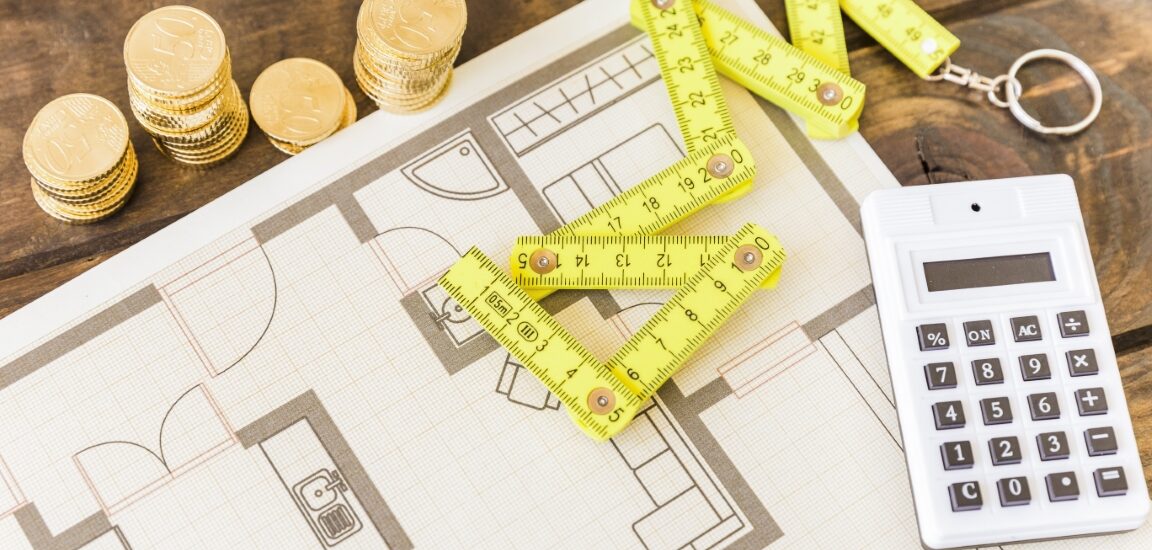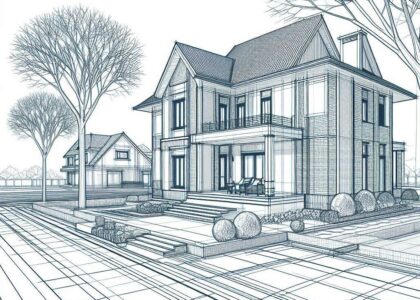Renovating your home is an exciting way to improve comfort, aesthetics, and overall property value, but it can also be a significant financial undertaking. Whether you’re upgrading your kitchen, expanding your living space, or transforming your bathroom, it’s important to understand the various financing options available to Florida homeowners. In this guide, we’ll explore the different ways you can finance your home renovation to make the process smoother and more affordable.
1. Home Equity Loan
A home equity loan, often referred to as a “second mortgage,” allows you to borrow against the equity you’ve built up in your home. Essentially, it’s a loan where your home is used as collateral. The amount you can borrow depends on your home’s value and how much of the mortgage you’ve paid off. Typically, you can borrow up to 85% of your home’s equity.
Benefits:
- Fixed interest rates: You get a lump sum with a fixed interest rate, making it easier to budget your payments.
- Potential tax benefits: The interest you pay on a home equity loan may be tax-deductible if the funds are used for home improvement.
- Lower interest rates compared to personal loans or credit cards.
Drawbacks:
- Risk of foreclosure: Since your home is collateral, failure to repay the loan could result in losing your property.
- Closing costs: You may need to pay closing costs, which can range between 2% and 5% of the loan.
2. Home Equity Line of Credit (HELOC)
A HELOC is another option that allows you to borrow against your home’s equity, but unlike a home equity loan, it works like a credit card. Instead of receiving a lump sum, you have a line of credit you can draw from as needed, up to a certain limit.
Benefits:
- Flexibility: You can withdraw only what you need, which is ideal for projects with unpredictable costs.
- Lower initial payments: You may only need to make interest payments during the initial draw period, which can lower monthly expenses early on.
- Potentially lower interest rates compared to personal loans.
Drawbacks:
- Variable interest rates: Unlike a home equity loan, HELOC interest rates fluctuate, which could increase your monthly payments over time.
- Risk to your home: Just like with a home equity loan, your home serves as collateral.
3. Cash-Out Refinance
With a cash-out refinance, you replace your existing mortgage with a new, larger one. The difference between the old and new loan amounts is given to you in cash, which you can use for your home renovation.
Benefits:
- Potentially lower interest rate: If interest rates have dropped since you purchased your home, this option could help you secure a lower rate for your entire mortgage.
- One loan, one payment: You won’t have to manage two loans, as the cash-out refinance replaces your existing mortgage.
- No restrictions on how to use the cash: You can use the funds for anything, not just home improvement.
Drawbacks:
- Higher mortgage balance: You’ll be increasing the amount you owe on your mortgage, which could extend the life of the loan.
- Closing costs: Similar to a traditional mortgage, there are closing costs involved in a cash-out refinance.
- Risk of foreclosure: As with any mortgage, failure to make payments can result in foreclosure.
4. FHA 203(k) Loan
An FHA 203(k) loan is a government-backed loan designed specifically for home renovations. It allows homeowners to borrow money for both the purchase (or refinance) of a home and the cost of its renovation in one mortgage.
Benefits:
- Low down payment: You can secure a loan with as little as a 3.5% down payment.
- Ideal for larger renovations: This loan is designed for substantial renovations or even rebuilding parts of the home.
- Flexible credit requirements: FHA loans are more lenient on credit scores compared to traditional loans.
Drawbacks:
- Mortgage insurance: Borrowers must pay mortgage insurance, which can increase overall loan costs.
- Longer approval process: Since the loan covers both purchase and renovation, the approval process can take longer.
- Specific project approval: The renovations need to be approved by the lender and must meet certain requirements.
5. Personal Loan
A personal loan is an unsecured loan that you can use for virtually anything, including home renovations. Because it’s unsecured, there’s no need to use your home as collateral.
Benefits:
- No risk to your home: Since this is an unsecured loan, you don’t risk losing your home if you fail to repay.
- Fast approval: Personal loans typically have a quicker approval process compared to home equity loans or mortgages.
- Fixed payments: With a fixed interest rate, your monthly payments will remain consistent over the life of the loan.
Drawbacks:
- Higher interest rates: Personal loans often have higher interest rates compared to secured loans like home equity loans or mortgages.
- Lower borrowing limits: Depending on your credit score, you may not be able to borrow as much as you would with other loan types.
6. Credit Cards
For smaller home renovation projects, you might consider using a credit card. Many credit cards offer 0% interest promotional periods, which can help you finance the project interest-free for a set period.
Benefits:
- Convenience: Credit cards are easy to use, and you don’t need to apply for a separate loan.
- 0% interest promotions: If you qualify for a 0% interest offer, you could potentially pay for the renovation without any financing costs.
Drawbacks:
- High interest rates: Once the promotional period ends, credit card interest rates can skyrocket, making it an expensive option.
- Lower borrowing limits: Credit cards typically have lower credit limits, which might not cover large-scale renovations.
7. Government Grants and Loans
Depending on your circumstances, you may qualify for government grants or loans aimed at home renovations. Programs like the USDA Rural Repair and Rehabilitation Grant or the Florida Housing Finance Corporation can provide financial assistance for certain renovations, particularly for low-income homeowners or those living in rural areas.
Benefits:
- Free or low-cost financing: Grants don’t need to be repaid, and loans often come with low-interest rates.
- Ideal for specific renovations: Government programs often target necessary repairs, like fixing roofs or improving energy efficiency.
Drawbacks:
- Strict eligibility requirements: Not everyone qualifies for these programs, and they often come with specific guidelines on how the money must be used.
- Limited funds: Government programs may not cover all renovation costs.
Choosing the Right Option for You
Deciding how to finance your home renovation depends on your financial situation, the scope of the project, and your long-term goals. For homeowners in Florida, factors like property value, home equity, and credit score play a significant role in determining which option makes the most sense. If you’re planning a major renovation, it’s wise to consult with a financial advisor or contractor to understand the full cost of your project and match it to the best financing option available.
Need Help with Your Renovation? Contact One Stop Construction Inc.!
Whether you’re looking to remodel your bathroom, upgrade your kitchen, or transform your outdoor space, One Stop Construction Inc. can help you bring your vision to life. With over 25 years of experience in South Florida, we offer top-quality construction services to fit any budget.
Call us today at (305) 442-2799 or visit onestopconstruction.com for a free consultation!





